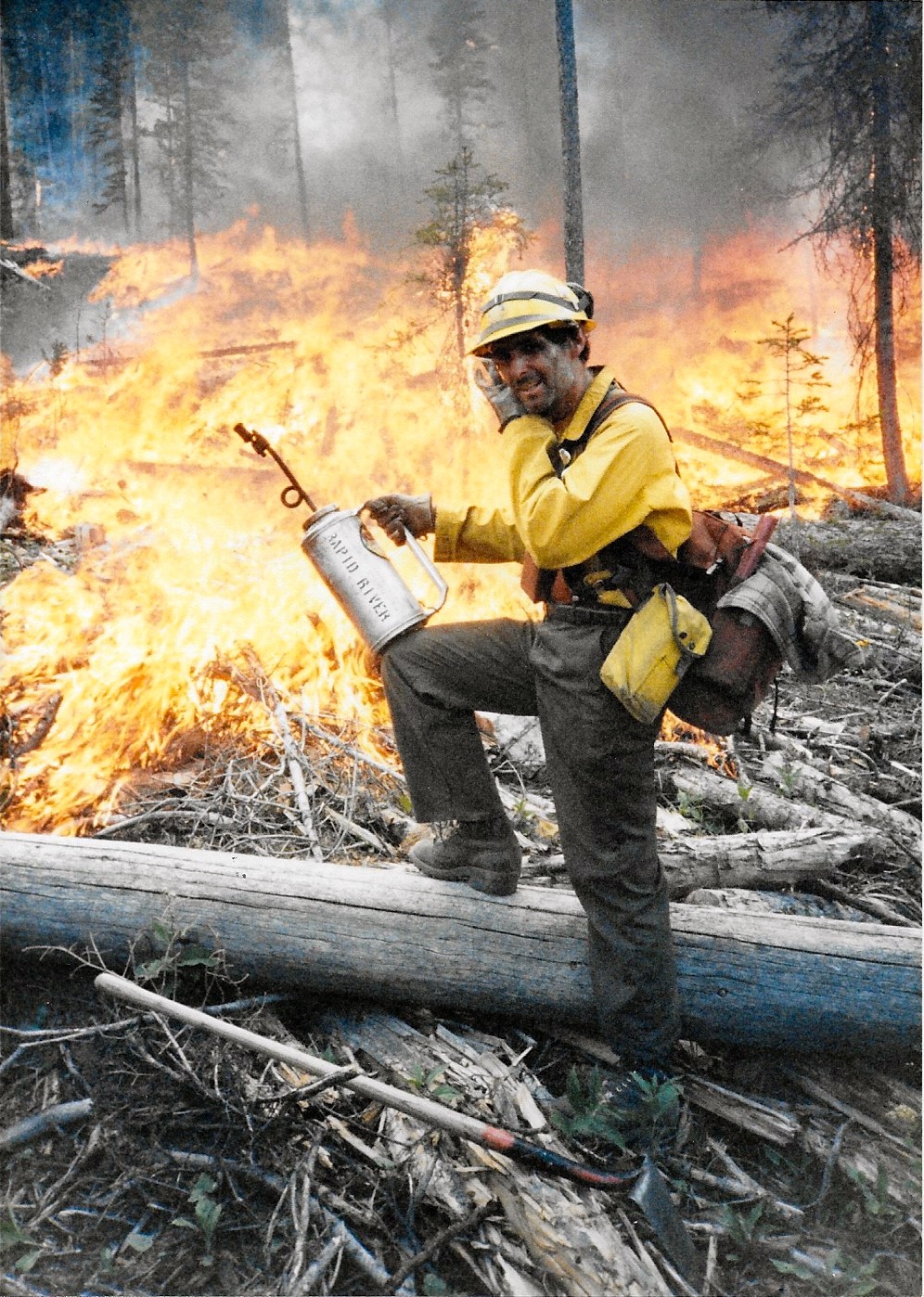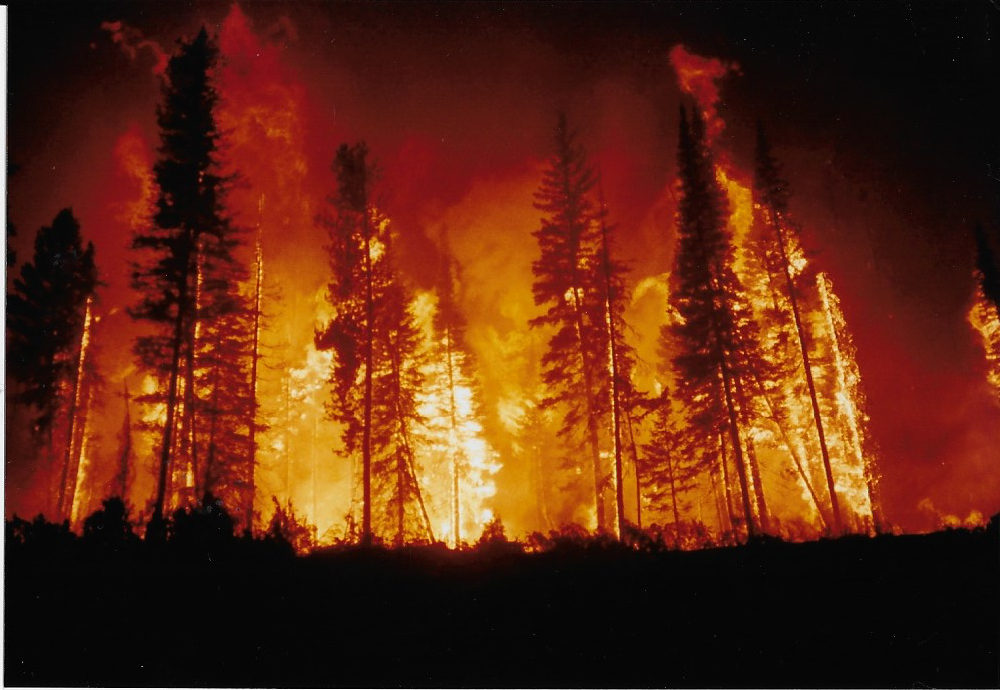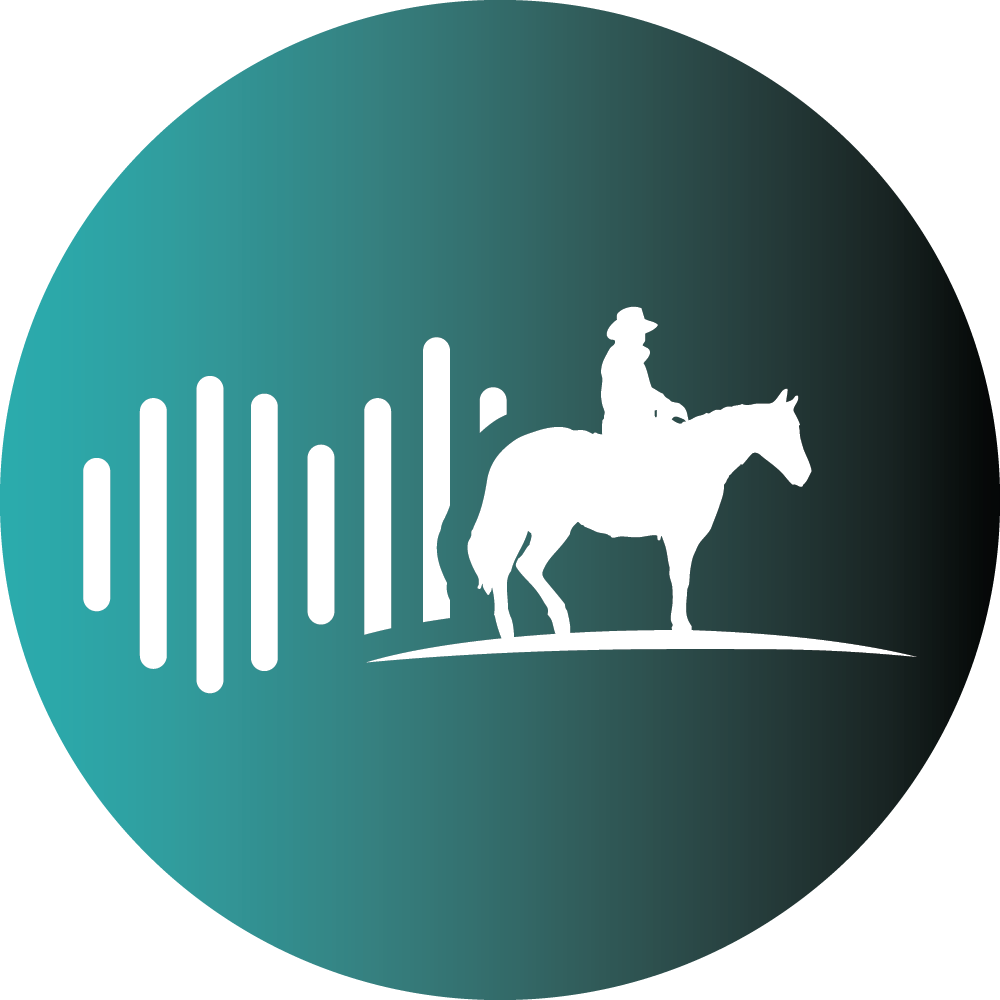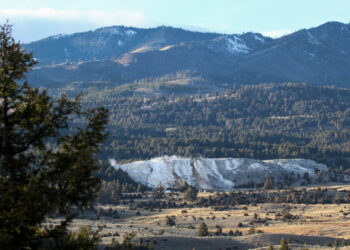2016 was biggest fire season in park since 1988
By Amanda Eggert EBS Associate Editor
BIG SKY – “All fires start small and eventually go out” is a wildfire adage that’s just as applicable to the 2016 season as it was to the historic 1988 fire season.
The difference is what happens in between.
Temperatures were so hot and dry in 1988 that the following winter the wildfire community had to change its fire modeling system.
“The parameters of the program weren’t taking into account anything as crazy as the Yellowstone fires—the severity of the drought, the dryness,” said Rene Eustace, a keeper of wildfire history and lore who spent 56 days fighting fires in and near Yellowstone in 1988.

Eustace—now the lookout coordinator on the Bitterroot National Forest—took detailed notes, sometimes writing by headlamp at 2 a.m. to ensure nothing was forgotten from that historic season.
Eustace recalls camping on a ridgetop one night when the light emitted from a crown fire in the Clover-Mist complex was burning so hot and bright he could see its orange glow through his tent wall. They were camped on the opposite side of the drainage from the fire.
Eustace’s crew, the Bitterroot Hotshots, stepped out of their tents. From their location 100 yards away they could feel the heat from trees being consumed by the flames. They looked like “an entire hillside of thousands of matchsticks,” he said.
“You could look out from all directions and see four to five columns being lit up at the bottom by the crown fires beneath them,” Eustace said.
What are we going to do now? Eustace asked his awestruck division supervisor. I have no idea, he replied.
The crews camping on the ridgetop that night were ferried out by Chinook and Blackhawk helicopters the following morning. From the air, they watched fire move into the grassy camping spot they’d just evacuated.

**********
This season, more than 62,000 acres burned within Yellowstone National Park’s borders—which is almost 100 square miles—but hardly compares to 1988’s storied season. In that year more than 800,000 acres, or over 1,200 square miles, burned in Yellowstone.
Much of the 45,250-acre Maple Fire, which lightning started on Aug. 8 of this year, has burned within fire scars from ‘88.
Those areas are covered in lodgepole pines between two and three decades old that stand 10 to 20 feet tall.

Becky Smith, a wildfire ecologist with the park, said fire typically doesn’t typically move through fuels like that without significant wind, but this year it did.
Late July and August were warmer and drier than average. A map from the Western Regional Climate Center contains a little bull’s-eye of red and orange right over West Yellowstone, meaning precipitation in August was between 25 and 70 percent of average.
The monsoonal moisture that usually brings some precipitation to the park barely materialized. “Our fuels really had a chance to dry out, especially with the above-average temperatures,” Smith said, adding that fire also moved through green meadows that usually don’t carry fire through the park. “Areas we didn’t necessarily expect to burn burned pretty well.”
As the Maple Fire has burned northeast of West Yellowstone, it’s exhibited a range of behaviors: creeping, smoldering, running, group tree torching, and crowning—meaning the fire carries through treetops and doesn’t rely on ground fire to spread.
There were 22 fires in the park this year and 16 were less than an acre. The Maple, Buffalo, Fawn and Central fires account for the majority of acres burned. Most of the lightning fires were unsuppressed but monitored so fire could play its natural role in Yellowstone’s ecosystem.
Despite several rounds of precipitation in September, the Maple Fire will continue smoldering in heavy downed fuels like logs.
But it, too, will eventually go out.
“We’re not calling it out yet, and we probably won’t until there’s several inches of snow on it,” Smith said. “That’s what it usually takes to put a fire out here.”












